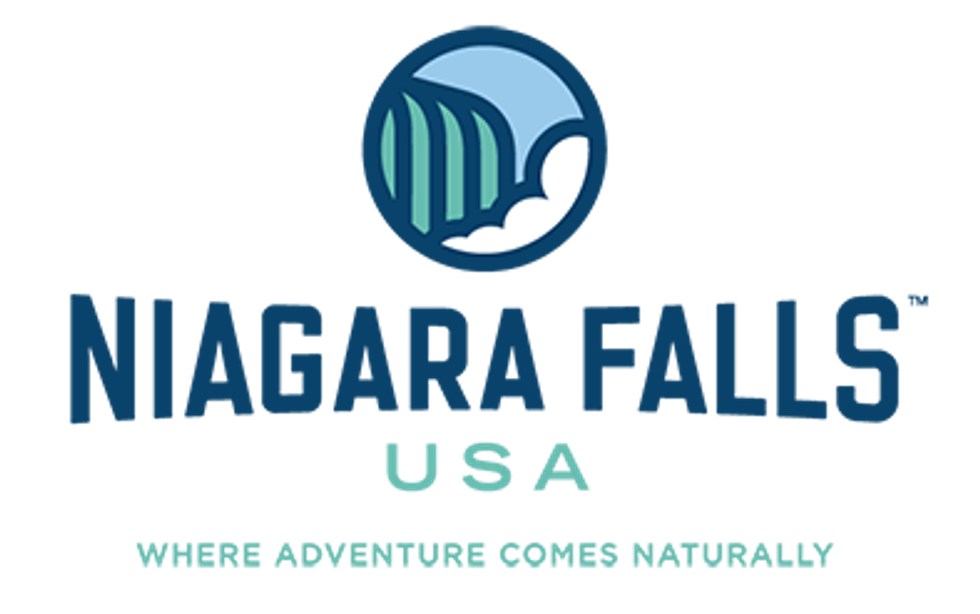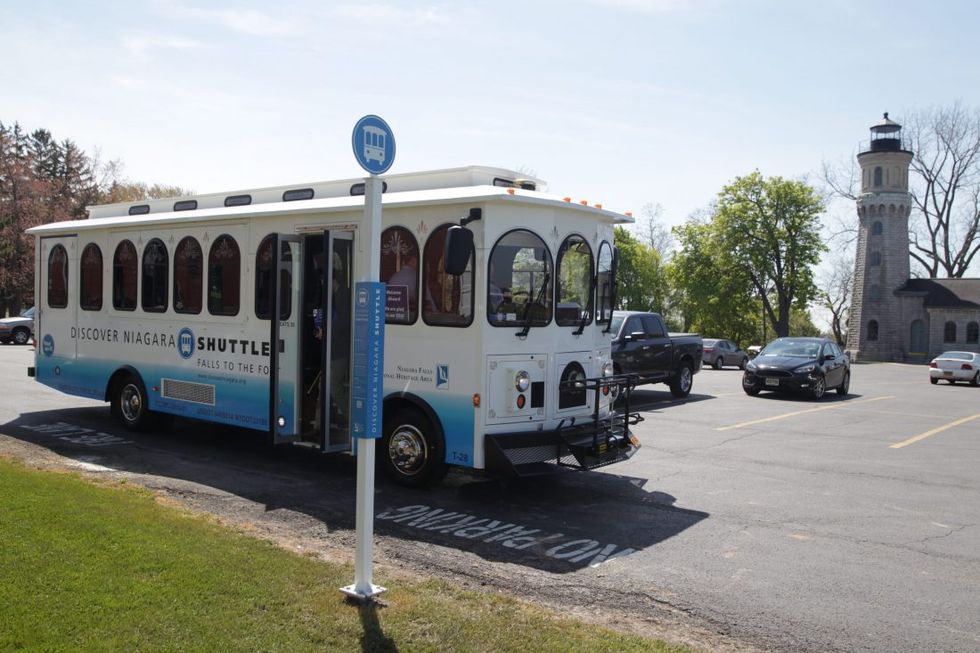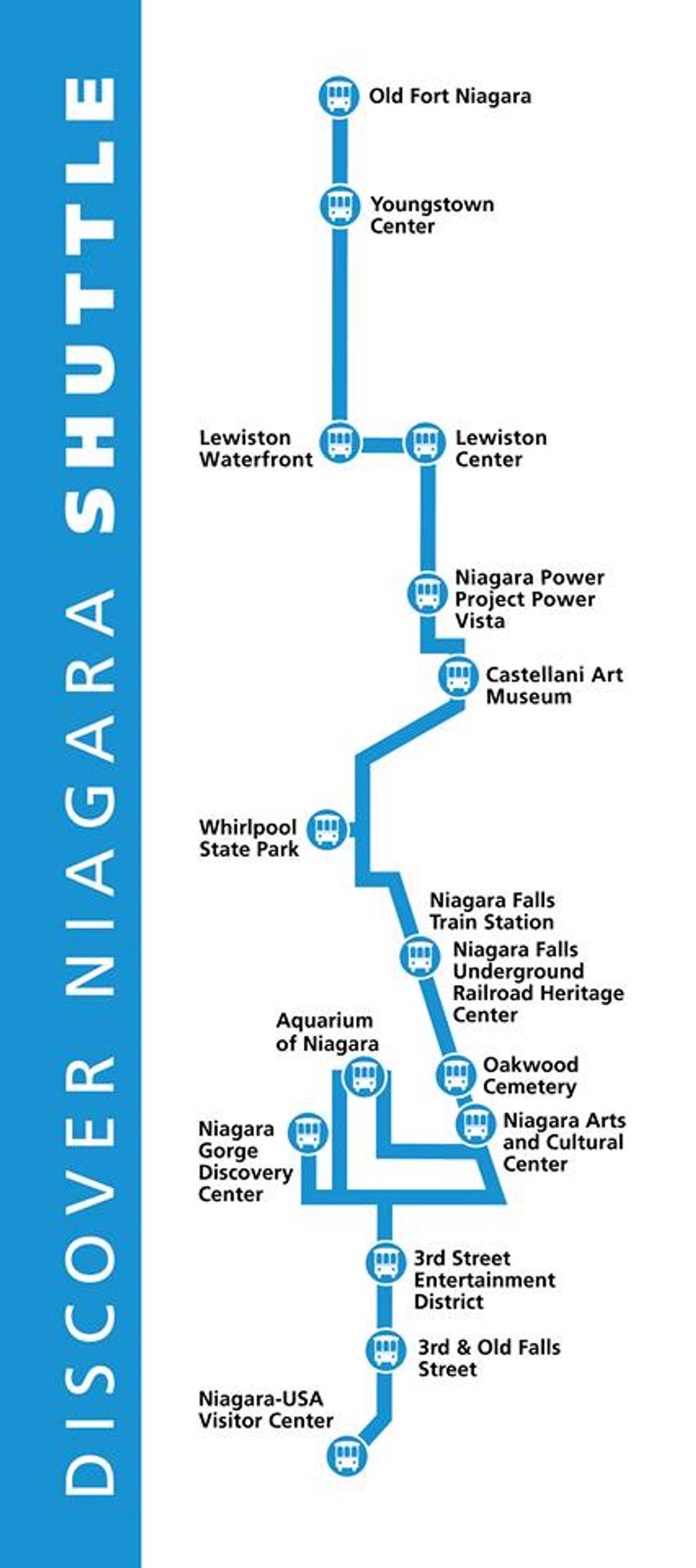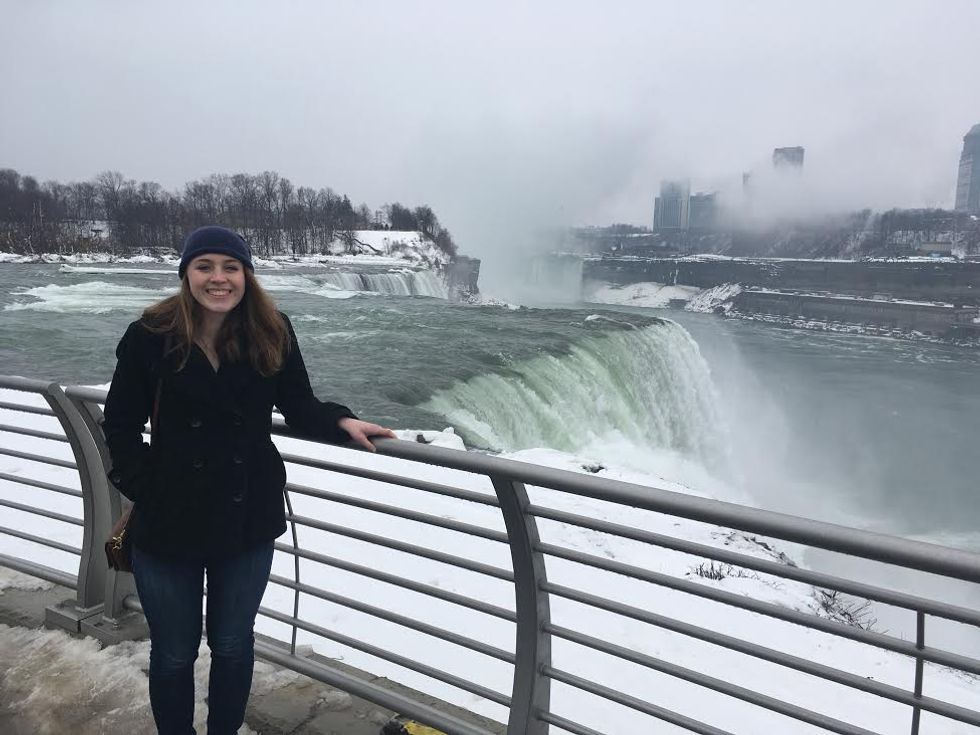It's no secret that the U.S. side of Niagara Falls has suffered for the past few decades. After a series of unfortunate events in the last half-century or so, including Love Canal, the extensive closing of chemical and other manufacturing plants, the outsourcing of jobs, and the creation of a parkway that bypassed the main streets, much of the city has been left in a state of poverty. Tourists come to the Falls with the notion that the Canadian side is better, even though visitors can get much closer to the Falls on the American side. Visitors are often at a loss as to what else to do in the area after seeing the famous waterfall and perhaps riding the Maid of the Mist.
In the past few years or so, however, there has been a much greater effort by both state and local government and grassroots organizations to not only revitalize the park, but also the city. One of the biggest proponents of these changes has been the Niagara Falls National Heritage Area, which is now being threatened with the budget proposal recently unveiled by the Trump administration.
National Heritage Areas work in conjunction with the National Parks System to continue to preserve historic and significant sites for future generations. National Heritage Areas exist to aid with historic preservation, natural resource conservation, recreation, tourism, educational projects, and local appreciation within their respective communities, and the National Parks System provides limited economic assistance and advisory counsel to the Areas. The running of National Heritage Areas is left up to locals in order to best serve the community. There are 49 Heritage Areas designated by Congress throughout the country, with Niagara Falls the most recently dedicated.
The Niagara Falls National Heritage Area (or NFNHA) is comprised of a few dozen sites in just a thirteen mile stretch that spans from Fort Niagara State Park at the crux of the Niagara River and Lake Ontario to Niagara Falls State Park. It was designated by Congress in 2008, and has worked on a multitude of initiatives since.
The Niagara Falls National Heritage Area has worked on improving communications between its sites, some of which include the Castellani Art Museum at Niagara University, the Niagara Gorge trails, Fort Niagara, Artpark, Oakwood Cemetery, the aquarium, and the downtowns and waterfronts of Lewiston and Youngstown. The NFNHA has also worked to secure grants to send kids from local schools to area historical sites and attractions, as well as the Junior Ranger program for younger explorers of the area to learn more about local history. Efforts to open the new Amtrak station and adjacent Niagara Falls Underground Railroad Heritage Center in the former U.S. Customhouse have also been pioneered by the NFNHA. The Discover Niagara Shuttle, which stops at multiple attractions between Fort Niagara and the state park, is also set to start running again on May 15th for its second season after a successful run last year. There is also a Discover Niagara app that can pair with the shuttle to help tourists find other local spots to check out while visiting the area.
New initiatives in Niagara Falls are also in the works to be rolled out over next few years by the state government, and have been carefully monitored by the NFNHA and other passionate locals to ensure that the area's best interests are represented. These initiatives include a new slogan that celebrates the natural history of the American side of the Falls (and ditches the ancient "honeymoon capital of the world" trademark). The "shutting off" of the water in 2019 for the first time since the 1960s to repair a bridge that stretches over the rushing water has also been a major talking point, as well as a controversial lodge Governor Andrew Cuomo is hoping to put on Goat Island, much to locals' dismay. But all of these initiatives seem to be making a mark, as the Maid of the Mist boats opened up this weekend--the earliest launch in the park's 132 year history. The Maid of the Mist boats at Niagara Falls State Park also saw a record 1.6 million riders in 2016, and hope for an even bigger increase of visitors this year with help from the early opening.
Niagara Falls' new slogan
The Discover Niagara Shuttle and its updated route for 2017
The America First Budget mentions National Heritage Areas specifically, and hopes to "Eliminate unnecessary, lower priority, or duplicative programs, including discretionary Abandoned Mine Land grants that overlap with existing mandatory grants, National Heritage Areas that are more appropriately funded locally, and National Wildlife Refuge fund payments to local governments that are duplicative of other payment programs." Said Niagara Falls National Heritage Area executive director Sara Capen about the proposed budget, "It is interesting as there is a contradiction in the language he used in his budget pertaining to value programs that utilize private-public partnerships." Capen pointed out that that is "exactly" what the NFNHA does.
"The National Heritage Area program is a cost effective, community based program that leverages $5 of local and private investment for every federal dollar invested. We are one of the only programs that are required to match federal dollars. The Niagara Falls National Heritage Area receives a $300,000 appropriation each year. In 2017, I was anticipating that we would have a 4 to 1 match. Our projects, including the Discover Niagara Shuttle, are proven catalysts for economic development in Niagara Falls, Lewiston and Youngstown. Every dollar of our funding is invested into Western New York," said Capen in a statement.
The Interior Department alone "employs 70,000 people at more than 2,000 locations to fulfill its mission, managing 530 million acres —20 percent of U.S. territory." The elimination of National Heritage Areas will not only contribute to the loss of jobs for those employed in the non-profits themselves, but also wreak havoc on partners affiliated with the Areas that directly benefit from their advocacy and association with each other. In the end, this will only harm the 49 areas of the country represented by National Heritage Areas. This greatly contradicts Trump's promise to create jobs.
For people who know me, it is no secret that I found growing up in Western New York difficult. However, the Falls were my first introduction to the area as a five year old tagging along with my parents to look at houses. I still recall the wonder I felt as a kid, looking at the rushing water that was so much bigger than me as they were brightly lit up at night. Being dragged around the park by my parents for years on end whenever extended family came to visit, and not stopping by the park to see this thing that had become just a waterfall for a long time. Years later, while interning (twice) with the Niagara Falls National Heritage Area in high school, I found a new appreciation for the Falls, and it's one of the places I associate most with going home now that I am in college.
Niagara Falls is personal for many Western New Yorkers. We went to the park as kids with our parents. We went on field trips and learned about the daredevils that went over the Falls in barrels in school. We've watched a Wallenda walk the span of the waterfall on a tightrope and the park fall apart and be renovated. Eliminating National Heritage Areas will only harm the continued restoration of the area, including the park and the legacy of the Underground Railroad and several of Frederick Law Olmsted's conservation projects and the bringing back of jobs.


























